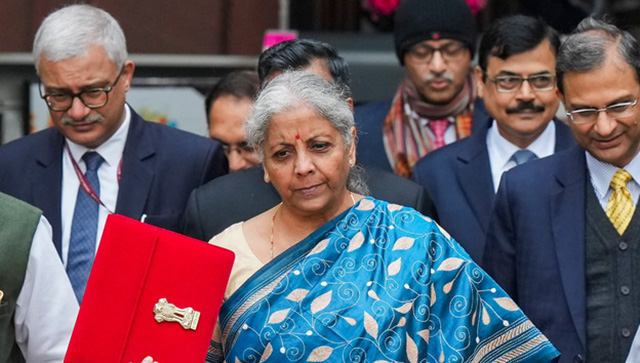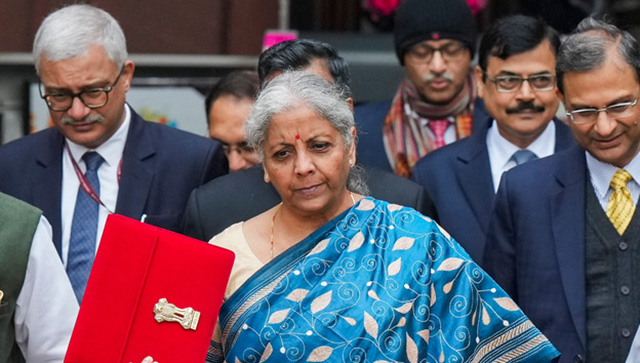With the trade deficit for September coming in at $6.7 billion, one thing is clear: we have nearly squashed the current account deficit crisis for now. Here’s why.
Let’s start with the April-June current account. That quarter’s trade deficit was $51 billion; non-trade inflows on the current account, including software exports, remittances by Indians living abroad and other such flows, were a net $30 billion. So subtracting this $30 billion inflow from the $51 billion trade deficit leaves a current account deficit of $21 billion - or 4.7 percent of GDP.
Now in the second quarter (Q2), the trade deficit amounts to $30 billion ($12.3 billion deficit in July, $10.9 billion in August and $6.7 billion in September). It is safe to assume that non-trade flows on items like software, remittances, etc, will remain stable at $30 billion. This means for Q2, India’s current account deficit may be zero. Or at best a couple of billion dollars.
The internals of a falling trade deficit are important. Imports in September are down 18 percent year on year; they are down 6 percent from August. Imports have been falling for three straight months. Exports are up 11 percent year on year and about 4 percent over August 2013. Exports have been rising at double digit rates since June. Engineering, pharma, chemicals and textiles are all doing well in the export markets and are most likely to continue even if there is a slight slowdown in the US because the currency makes our exports much more competitive. Likewise, currency has also been responsible for the continued fall in imports.
Gold imports at $800 million are negligible compared with the $4.6 billion of imports last September. To be sure, this may rise in the current quarter.
But look at the tally. Given a $21 billion current account deficit in Q1, a zero deficit in Q2, and even assuming we get a $10-12 billion in Q3 and Q4, the annual trade deficit will be only between $45-50 billion. At $50 billion, the annual current account deficit is 2.7 percent of GDP. I would wager we may end even lower…may be 2.5 percent. The current account deficit as a problem is over. The rupee depreciation, lower GDP growth and the drive against gold have killed this problem.
The fight must now shift to the fiscal deficit. If we don’t slay this monster even half as effectively as we slayed the current account deficit, consumer inflation will remain at 9 percent and the hard-won gains on bringing stability to the rupee will all be lost. The fiscal deficit is today’s and tomorrow’s problem. Let’s shift focus.


)




)
)
)
)
)
)
)
)